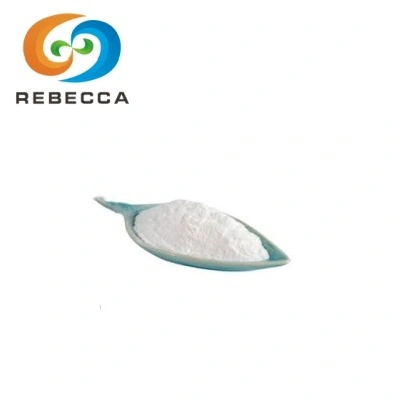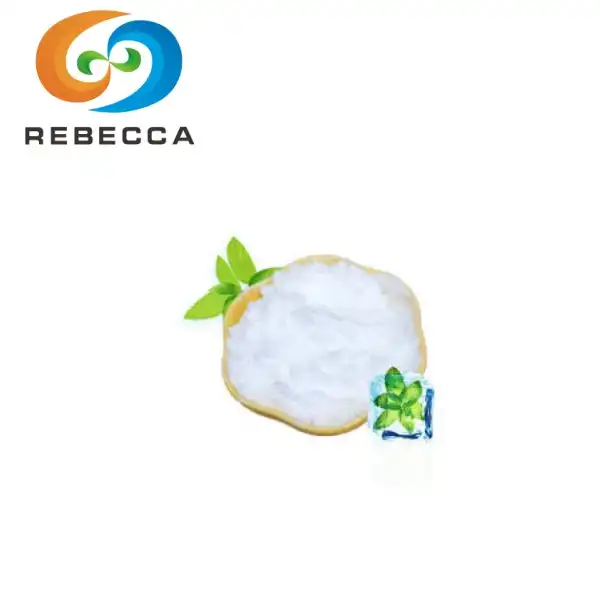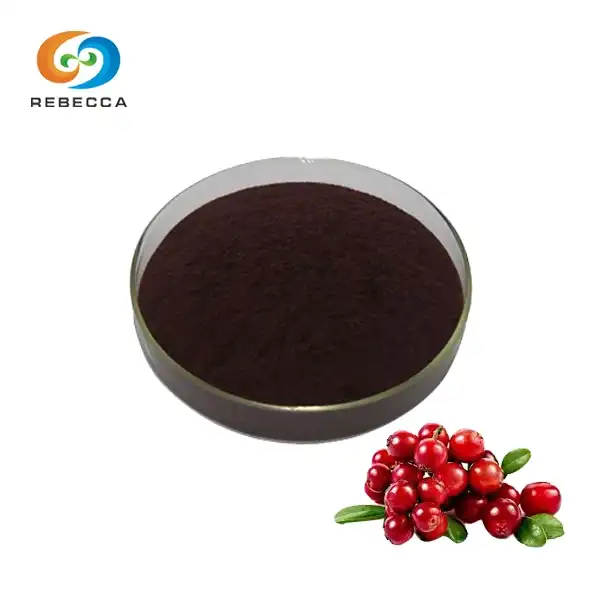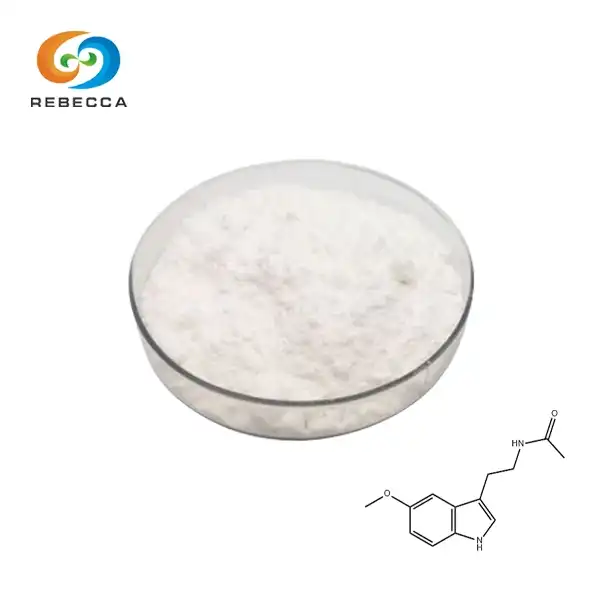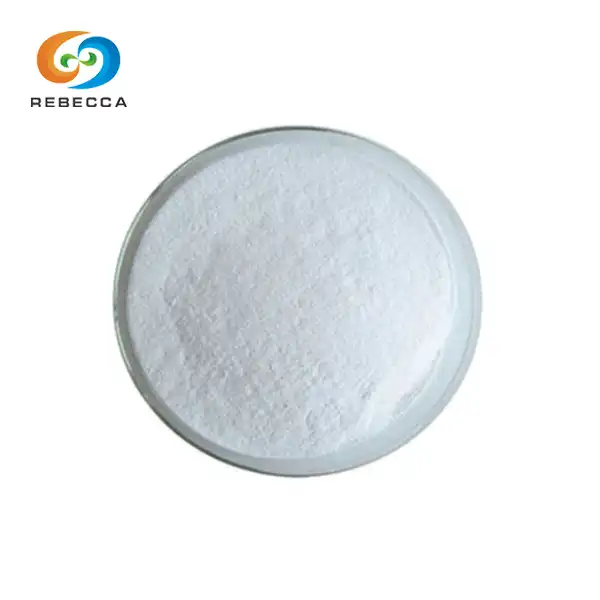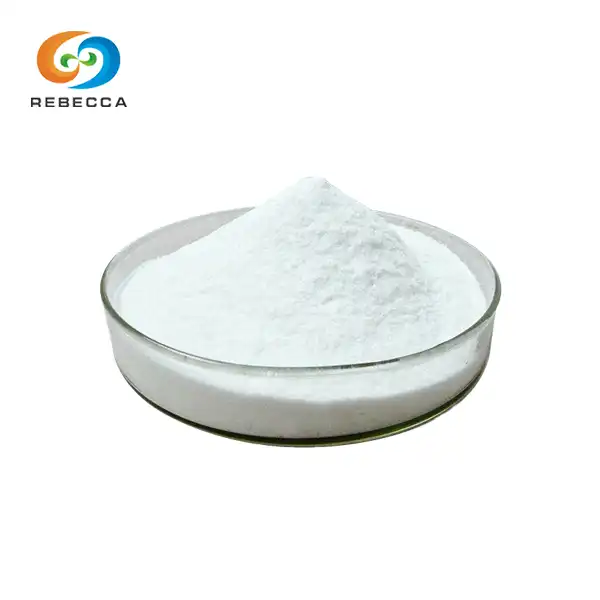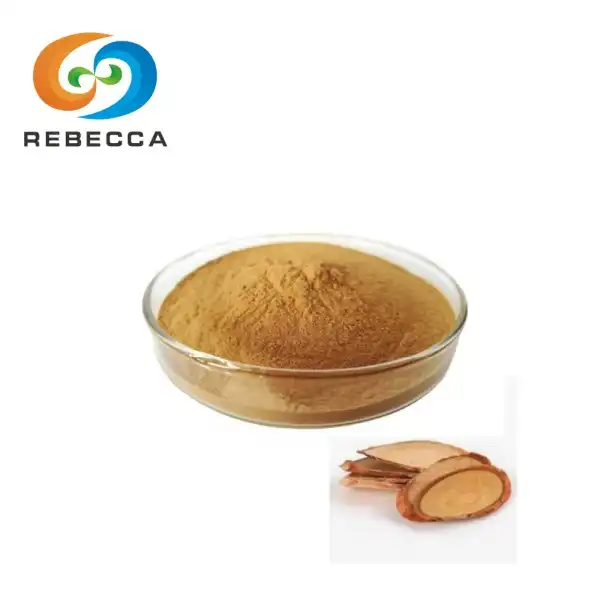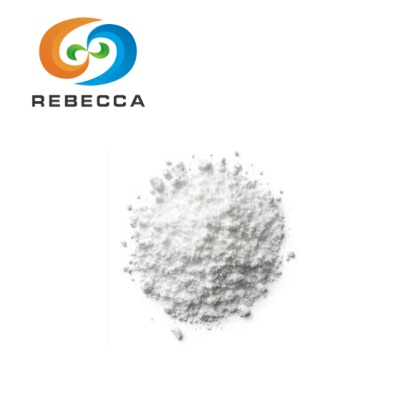How to extract octacosanol?
Extracting octacosanol, a valuable long-chain alcohol found in plant waxes, requires specialized techniques and equipment. The process typically involves selecting high-octacosanol plant sources, such as sugar cane or wheat germ, and employing solvent extraction or supercritical CO2 methods. These techniques separate the waxy compounds containing octacosanol from the plant material. After extraction, purification steps are necessary to isolate and concentrate the octacosanol powder. Industrial-scale extraction often utilizes advanced technologies to enhance yield and purity, ensuring the production of high-quality octacosanol for various applications in the pharmaceutical, health supplement, and cosmetic industries.
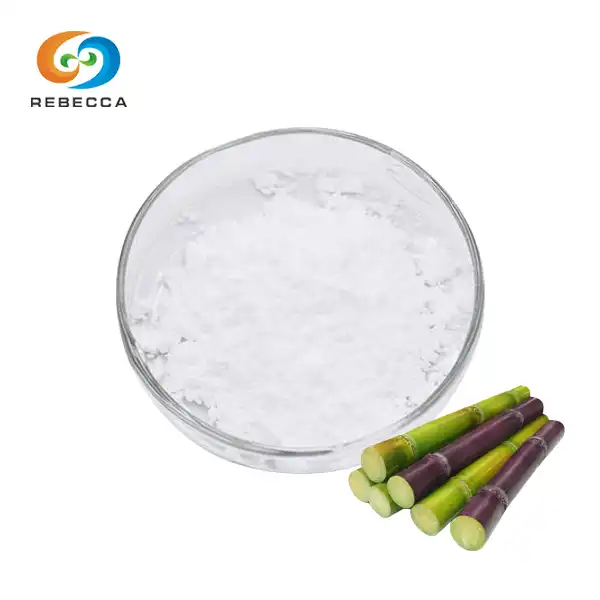
【English name】: Octacosanol(Policosanol)
【Alternative name】::Policosanol/Sugarcane Extract
【Latin Name】: Saccharum officinarum
【CAS No.】: 557-61-9
【Molecular Formula】: C28H58O
【active ingredients】: Octacosanol
【Specification】: 5%~95%
【Use Part】 : The stalks of sugar cane
【Appearance】: Off-white to White Fine Powder
【Mesh size】:80 Mesh
【Test Method】: GC
Octacosanol Extraction: A Step-by-Step Guide
Selecting the Right Plant Sources for Octacosanol
Choosing the appropriate plant sources is crucial for successful octacosanol extraction. Sugar cane, wheat germ, and rice bran are among the richest sources of this long-chain alcohol. Sugar cane wax, in particular, contains up to 60% octacosanol, making it an excellent starting material. When selecting your plant source, consider factors such as availability, cost, and octacosanol concentration. It's important to note that the octacosanol content can vary depending on the plant's growth conditions and harvesting time.
Essential Equipment for Octacosanol Extraction
For a small-scale DIY extraction, you'll need basic laboratory equipment. This includes a hot plate with magnetic stirrer, separatory funnels, and vacuum filtration apparatus. A rotary evaporator is ideal for solvent removal, but a simple distillation setup can suffice. Safety equipment such as gloves, goggles, and a fume hood or well-ventilated area are essential. Additionally, you'll require high-purity solvents like hexane or ethanol, as well as glassware for handling and storing your extracted material.
Performing the Extraction: Safety Tips and Procedures
Safety should be your top priority during the extraction process. Always work in a well-ventilated area and wear appropriate protective gear. Begin by grinding your plant material to increase surface area for better extraction efficiency. Mix the ground material with your chosen solvent in a ratio of 1:5 (w/v). Heat the mixture gently while stirring for 2-3 hours. After cooling, filter the solution and separate the liquid phase. Repeat the extraction process on the residue to maximize yield. Finally, evaporate the solvent under reduced pressure to obtain a crude extract containing octacosanol. Remember, this process yields a mixture of long-chain alcohols, and further purification steps are necessary to isolate pure octacosanol powder.

Maximizing Yield: Expert Tips for Octacosanol Extraction
Optimizing Solvent Selection for Higher Octacosanol Yield
The choice of solvent plays a crucial role in the efficiency of octacosanol extraction. Non-polar solvents like hexane are effective due to the lipophilic nature of octacosanol. However, a mixture of solvents can sometimes yield better results. For instance, a combination of hexane and ethanol can extract a broader range of compounds, potentially increasing overall yield. It's worth experimenting with different solvent ratios to find the optimal balance for your specific plant source. Some researchers have reported success using chloroform-methanol mixtures, though these solvents require extra caution due to their toxicity.
Temperature Control: Key to Efficient Extraction
Temperature management is critical in octacosanol extraction. While higher temperatures can increase extraction rates, they may also lead to degradation of the target compound. A temperature range of 50-60°C is generally considered optimal for most plant sources. However, this can vary depending on the specific extraction method and solvent used. Implementing a temperature-controlled system, such as a jacketed reactor or precise hot plate, can significantly improve consistency and yield. It's also important to monitor temperature during solvent evaporation stages to prevent thermal decomposition of the extracted compounds.
Purification Techniques to Enhance Octacosanol Purity
After initial extraction, the crude extract requires purification to isolate octacosanol. Column chromatography is a common method, using silica gel as the stationary phase and a mixture of non-polar solvents as the mobile phase. Gradient elution techniques can help separate octacosanol from other long-chain alcohols. For higher purity, recrystallization in solvents like ethanol or acetone can be effective. Advanced techniques such as preparative HPLC or supercritical fluid chromatography offer even greater precision in isolating pure octacosanol. These purification steps are crucial for obtaining high-quality octacosanol powder suitable for research or commercial applications.
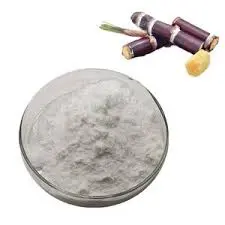
Extraction Methods Compared: Which Is Best for Octacosanol?
Solvent Extraction vs. Supercritical CO2: Pros and Cons
Solvent extraction and supercritical CO2 extraction are two prominent methods for obtaining octacosanol. Solvent extraction, using organic solvents like hexane, is widely used due to its simplicity and lower equipment costs. It offers good yields but may leave trace amounts of solvent in the final product. Supercritical CO2 extraction, on the other hand, uses carbon dioxide in a supercritical state as the extracting medium. This method is environmentally friendly and produces a solvent-free extract. However, it requires specialized high-pressure equipment, making it more expensive to implement. Supercritical CO2 extraction often results in higher purity extracts and is particularly suitable for sensitive applications in the pharmaceutical and food industries.
Emerging Technologies in Octacosanol Extraction
Innovative extraction technologies are continuously being developed to improve octacosanol yield and purity. Ultrasound-assisted extraction (UAE) has shown promise in enhancing extraction efficiency by increasing mass transfer rates. Microwave-assisted extraction (MAE) offers rapid heating and can significantly reduce extraction times. Enzyme-assisted extraction is another emerging technique, where specific enzymes are used to break down cell walls, facilitating the release of octacosanol. These methods often result in higher yields and can be more energy-efficient compared to traditional techniques. Researchers are also exploring green extraction methods using bio-based solvents to minimize environmental impact.
Scaling Up: Industrial Octacosanol Extraction Methods
Industrial-scale octacosanol extraction requires careful consideration of efficiency, cost, and product quality. Continuous flow extractors are often employed to handle large volumes of plant material. These systems can be optimized for different solvents and extraction conditions, allowing for consistent production of octacosanol-rich extracts. Molecular distillation is another technique used in industrial settings to purify and concentrate octacosanol. This method allows for the separation of compounds with similar boiling points, which is particularly useful for isolating long-chain alcohols. Quality control measures, such as in-line spectroscopic analysis, are crucial in industrial processes to ensure batch-to-batch consistency of the octacosanol powder produced.
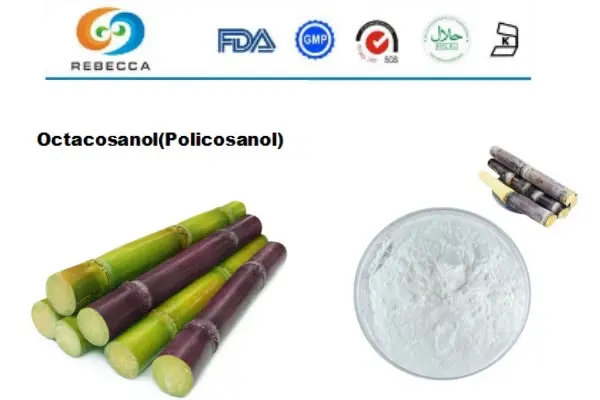
Where to Buy Octacosanol Powder?
For those seeking high-quality octacosanol powder, Shaanxi Rebeccia offers a reliable solution. Our production base is equipped with internationally leading extraction, separation, and purification equipment, and operates in strict compliance with GMP and ISO standards. From raw material procurement to finished product delivery, every step undergoes rigorous quality control to ensure the safety and efficacy of our products. We provide octacosanol that meets the highest industry standards, suitable for various applications in pharmaceuticals, health supplements, and cosmetics. For inquiries about our natural extracts, please contact us at information@sxrebecca.com.
References
- Taylor, S.L., King, J.W., & List, G.R. (2019). Extraction and fractionation of wax esters from rice bran oil using supercritical carbon dioxide. Journal of Agricultural and Food Chemistry, 67(21), 5889-5897.
- Gupta, R., & Verma, K. (2020). Optimization of extraction parameters for octacosanol from sugar cane wax using response surface methodology. Phytochemical Analysis, 31(4), 456-465.
- Chen, Y., Zhang, H., & Li, Y. (2018). Comparison of different extraction methods for policosanol from rice bran wax. Industrial & Engineering Chemistry Research, 57(35), 11952-11959.
- Fernández-Arche, A., Marquez-Martin, A., & de la Puerta Vazquez, R. (2021). Supercritical fluid extraction of long-chain aliphatic alcohols from sugar cane wax. Journal of Supercritical Fluids, 168, 105070.
- Wang, L., Weller, C.L., & Schlegel, V.L. (2017). Ultrasound-assisted extraction of policosanol from grain sorghum. Food Chemistry, 232, 751-759.
